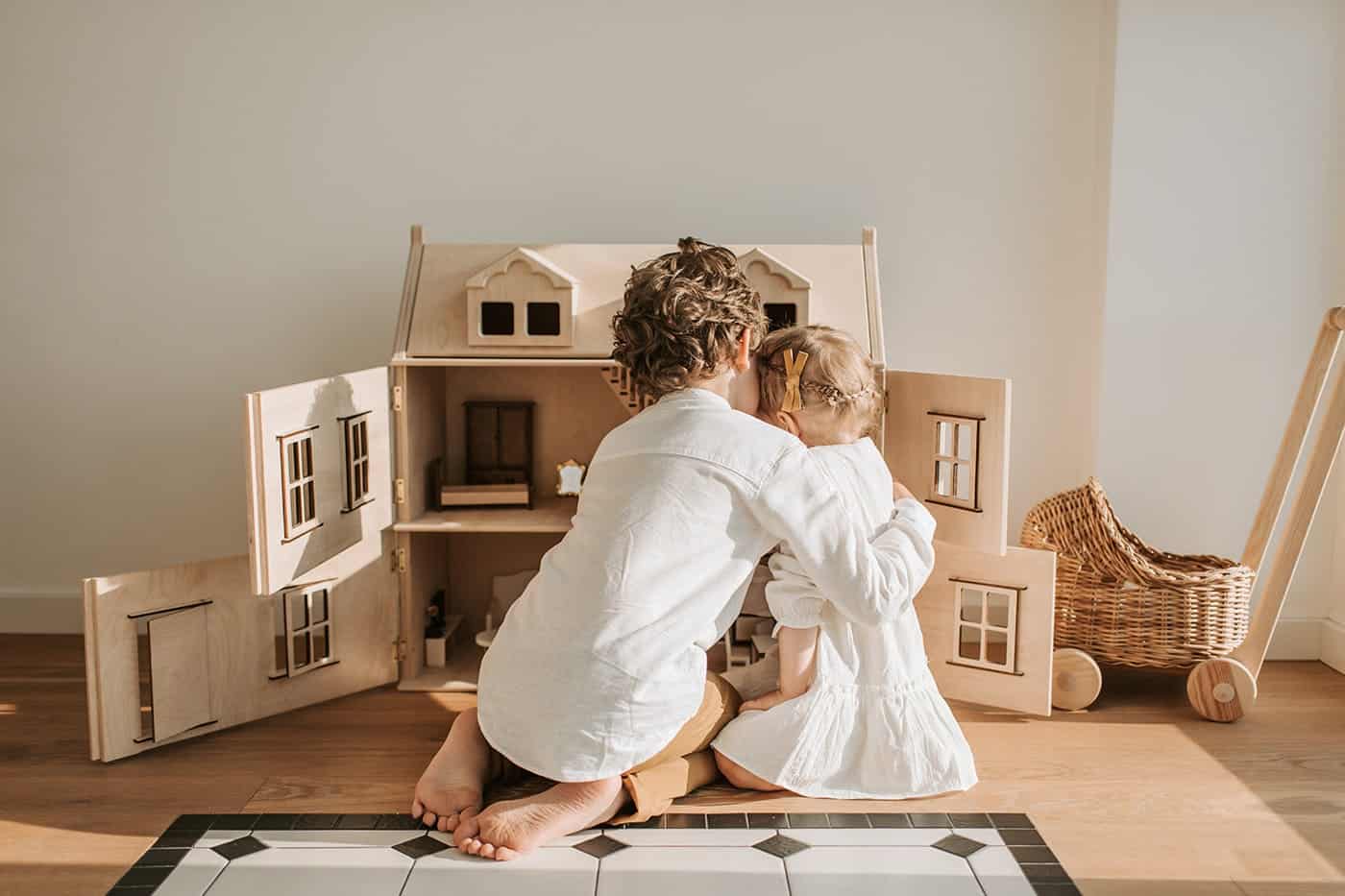Sensory Strategies for Learning

How can you squeeze a little learning into playtime?
As a teacher and tutor I have had to think creatively and quickly to come up with out of the box sensory strategies for learning to help students learn in a way that makes sense to them. This happens usually when their frustration becomes evident. The student begins to act out or shut down. For some reason they are unwilling or unable to focus on the learning. That brings out my creative side! I WANT every kid to find joy in learning! And if they are not, I want to know why and what I can do to make it better. Getting creative with sensory learning is a good starting spot. It’s not the only way to teach and learn, but there can be fun activities connected to our senses and our study time.
Learning styles are basically just how your child learns best – by hearing, by watching, or by doing. These are not the only way your child learns, so do not discount all the other ways we can learn, but understand that sometimes it helps your child to focus on the content when we present it in a way they enjoy.
Recently my friend, Natalie Vecchione, interviewed me on her podcast FASD Hope. FASD Hope is a podcast series about Fetal Alcohol Spectrum Disorder (FASD), through the lens of parent advocates with over eighteen years of lived experience. Natalie asked me to share some creative educational ideas with sensory learning for students, especially students with brain based disabilities like FASD. This post contains just a few ideas I shared on the podcast. Click here to listen to the podcast.
Learning should be fun! But, sometimes it’s extra challenging for some kids to memorize and retain information. How can we add a little learning and review to those times when your child begs for 10 more minutes of playtime? Here are some ideas for combining rote learning (memorizing repetitive facts) and sensory strategies. These could be used for vocabulary words, math facts, historical timelines, spelling words, lots of different things. I’m going to stick to simple examples, but you can get creative on how you might use them with other subjects or sensory activities. For some of the activities, you’ll want to have vocabulary words and definitions on separate cards for matching or sorting. Or spelling words on cards by individual letters.
For an energizing activity:
Skipping or galloping or crab walking – run across the room with a vocabulary card and come back with the word and correct definition. You can use just 3 words and definitions at a time or all 10 of them depending on your child’s abilities. Words on one side of the room and definitions on the other.
Jumping in place – jump on the letters to spell a word – with letters on individual cards or paper plates or just jump in place for each letter of the word.
Balloons- try keeping a balloon in the air until you have spelled out an entire spelling word.
For a calming activity:
Bouncing on a therapy ball or jumping on a trampoline – call out the words and definitions on the jump.
Stress ball – one squish per letter of a spelling word.
Hand in container of beans/rice- trace the letters in the word or drop one item per letter.
Those are just a couple of creative ideas, but you really need to listen to the whole podcast to get more sensory learning ideas for your child. Want other educational resources? Click here to check out my educational resources page. May you smile more and sigh less! May learning and playtime be a bit more fun for you and your child!
Table Talk: What activity do you already do at your house that you can add a little memory game to? How can you take what your child or student enjoys doing, and add an educational component to reinforce some learning?
Like this post? Share it with a friend!
Share on facebook
Facebook
Share on email
Email
Share on pinterest
Pinterest
Share on print
Print

